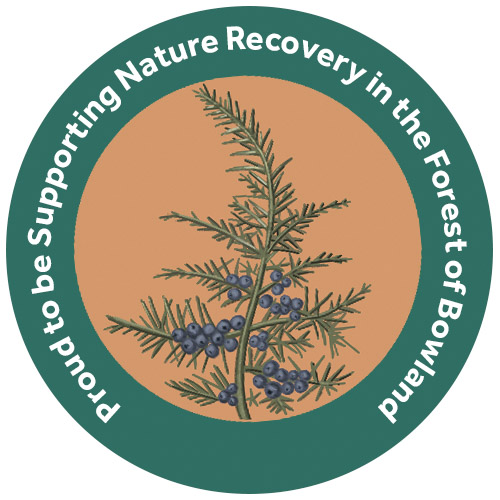Juniper (Juniperus)
About:
Juniper is a native moorland coniferous shrub. In Bowland it is restricted to just a few sites in the northern fells ofthe National Landscape and is in decline. Cragg Wood in Littledale is one of the last refuges for juniper. None of the colonies appear to be producing new seedlings. This could be due to the Phytophthora disease and grazing. The existing populations are aging, Grazing management could help support regeneration along with new planting.
Fun Fact:
Although we associate juniper berries for flavouring gin, they were once used to aid digestion, cure tapeworm and prevent flatulence!
Identification:
Juniper, can be identified in the North of England by its distinctive needle-like leaves, reddish, peeling bark, and berry-like cones. These evergreen shrubs or small trees are typically found in exposed, upland areas and can vary in size and shape depending on their location. Juniper can grow as a shrub or a small tree, with a tendency to spread low to the ground in exposed conditions and become more erect in sheltered areas. It is slow-growing and can be long-lived.
